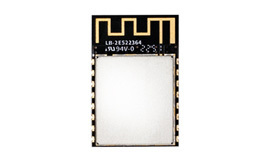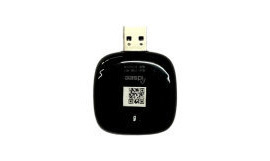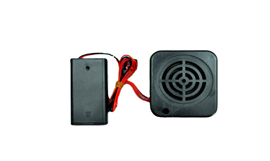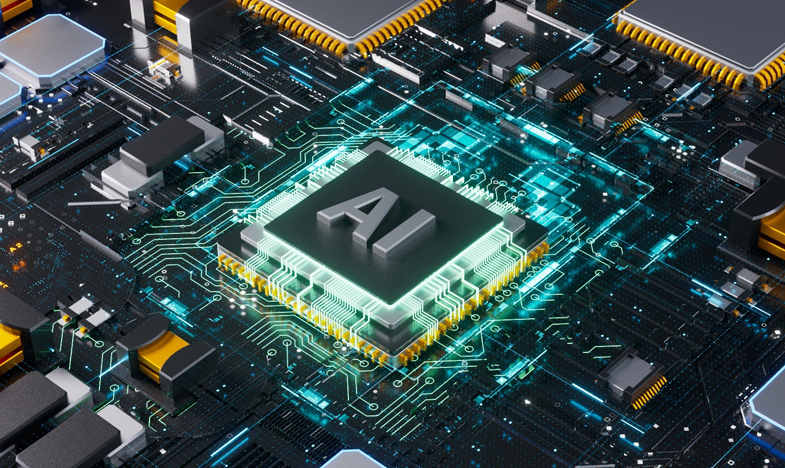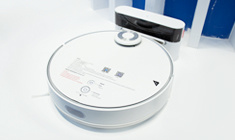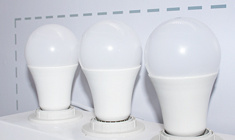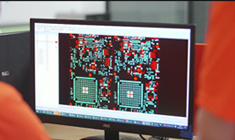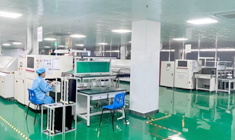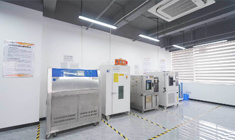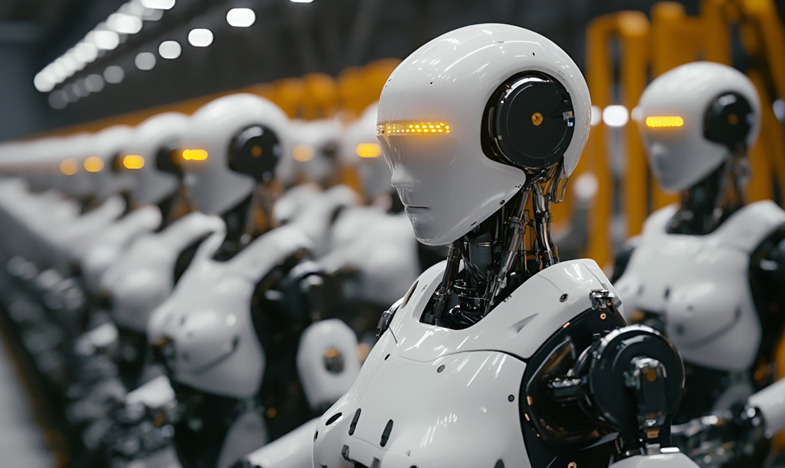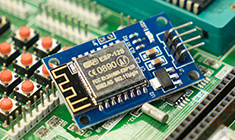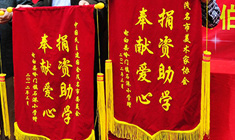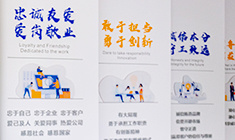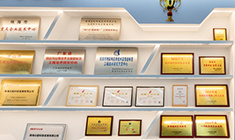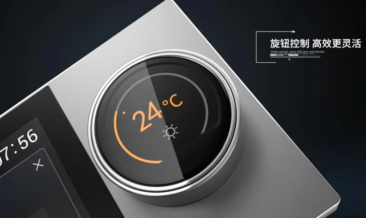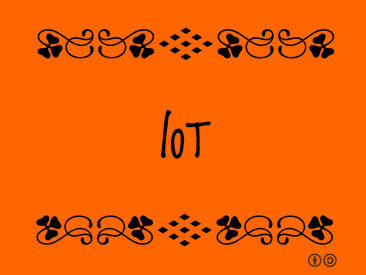
Is the Internet of Things Treasure Island or King's New Clothes?
Release Time:
2021-01-27
With the PC market saturated and smartphone growth slowing down, the Internet of Things (IOT) has been promoted with the slogan "I am the next semiconductor star." Over the past year, there have been more than 400 conferences in the name of the Internet of Things (IOT), and people are talk
With the PC market saturated and smartphone growth slowing down, the Internet of Things (IOT) has been promoted with the slogan "I am the next semiconductor star." Over the past year, there have been more than 400 conferences in the name of the Internet of Things (IOT), and people are talking about iot every day. But can the Internet of Things really take the industry to the next treasure Island? Or is it just a king's new suit?
At the annual Technology Forum conference of Yihua Computer, Taiwan Semiconductor Manufacturing, Mediatek and Cadence all had high hopes for the future business opportunities of the Internet of Things, and introduced their development platforms and process technologies. However, Wu Cheng-wen, vice president of Tsinghua University in Taiwan, takes a different view.
Wu said that the Internet of Things is a "phenomenon" that can stimulate or influence many industries to change, replacing old technologies with new ones. What will happen is the "displacement" effect of several happy and several sad families. He stressed that the much-heralded era of the Internet of Things would never arrive unless "the structure of the industry changes".
Xu Jiping, senior vice president and strategy officer of Cadence, believes that the Internet of Things era will bring a long tail effect to the mature process of fabs.
The new era of Internet of Things
NXP bought Freescale for $11.8 billion on March 2, 2015; Avago bought Broadcom for $37 billion on May 28; On June 1, Intel bought Altera for $16.7 billion.
Xu Jiping, senior vice president of strategy at Cadence, said chip companies are underperforming, not least because many large systems companies have decided to enter the Internet of Things on their own. 'This trend started in the past two to three years and is expected to continue to move sharply in the next two to three years,' Mr. Xu said.
The Internet of Things era brings new customers to EDA (electronic design) and IP(intellectual property) enterprises. In addition to established chip companies, new customers include system companies that want to design their own chips, such as Apple, Google, Amazon, Hon Hai, Alibaba, Xiaomi and others. As for how much the mix of customers will change? It depends on "who keeps his word," said Xu Jiping.
Xu Jiping pointed out that the driving force of the Internet of Things is system products and various applications. The technical requirements of iot components, in particular, require small, power-saving, and digital and analog mixed-signal technology. As for the Internet of Things market, Xu said, "many customers have been doing it for many years," with major applications in the medical, public safety and automotive industries. In order to meet the business opportunities of the Internet of Things, some people provide design platforms and chips for everyone to use, some people provide IP, and some operators provide App software and service system, with their own cards.
According to Shi Fengyu, Cadence's global vice president, advanced processes are expensive and leave little room for error.
What processes does the Internet of Things require?
In order to meet the business opportunities of the Internet of Things, TSMC has already made preparations in many technical platforms and process technologies. Cadence, a strategic partner of Taiwan Semiconductor Manufacturing Co., LTD., has collaborated on 28 nm low power and ultra-low power technologies. Xu Jiping also stressed that the Internet of Things brings a long tail effect to the mature manufacturing process of fabs. Taiwan Semiconductor Manufacturing, for example, has done a lot of business with its 180-nanometer process. TSMC can run thousands of processes simultaneously on the same production line, putting other fabs to shame. "The more diverse the process requirements, the better the performance of TSMC," he stressed.
Shi Fengyu, Cadence's global vice president, says that the investment in designs up to 28 nanometers and 16 nanometers is huge and leaves little room for error. Cadence wants to help clients solve problems, and often visits clients not to talk about EDA tools, but to talk about the problems they encounter. Many tools may be needed to solve a problem.
Mediatek LABS, call for innovation
In order to embrace the Internet of Things era, MediaTek announced its global plan for MediaTek Labs last September, which is to build a bridge, calling on young people with creative minds to come to LinkIt platform and quickly develop various iot applications. Mediatek wants to help developers lower the technical barrier by welcoming amateur gamers, students and designers as well as product professionals.
Mediatek Creative Lab supports developers to develop components, apps and innovative services with a global program. The Aster system Single chip built on the LinkIt platform is Mediatek's smallest system single chip and is particularly suitable for wearable applications.
In order to encourage more people to develop innovative applications using the LinkIt platform, Mediatek actively supports campus creative competitions. Skuromoto, an electric locomotive rental platform developed by Yuanzhi University, implements an efficient rental service system on campus, which can detect where motorcycles can be rented on campus. When the electric locomotive is running out of power, it can also query the nearest charging station in real time.
The smart wine Brewer developed by Jiaotong University is equipped with intelligent sensors of temperature, air pressure and humidity on the bottle cap, which can monitor the fermentation situation of fruit wine through mobile phone and wireless network, control the best brewing state at any time, and improve the success rate of brewing!
Who will serve the new ideas of the Internet of Things?
The innovative applications and services of the Internet of Things are like the rumored treasure in the mountains, and every company is drawing its own treasure map, all over the world. 'Right now, it looks like there is weak demand from chip design companies for higher-cost, cutting-edge processes,' said Zhang Yu-li, general manager of Cadence Taiwan. In contrast, demand is growing among systems companies, which want to build their own AS chips and master apps directly.
'The problem is, who is going to take care of Systems' diverse needs,' Mr. Zhang said. EDA, design services, IP companies, and fabs are four types of manufacturers, none of which seems to be able to act as a single service window.
The faith or the king's new clothes
Wu believes that market research institutions and analysts are too optimistic about the future development of the Internet of Things. He told a story from ten years ago. The blockbuster radio-frequency identification (RFID) system, coupled with the information system, made everyone think anything could be useful, so even WalMart invested in it. But RFID never replaced Bar Code.
According to Wu Cheng-wen, vice president of Tsinghua University in Taiwan, the era of the Internet of Things will not come at all unless "the industrial structure changes."
"That's the problem with economies of scale," says Mr Wu. The point is that barcodes are so cheap that RFID can't compete with them by driving prices down to 2 cents, and investing in manufacturing RFID is a waste of money. So today RFID is only used for a few products and specific applications. The same question will test the adoption of the Internet of Things.
Wu warned that considering the declining GDP and real purchasing power, slow population growth rate, unsupported power system, and environmental sustainability in all countries around the world, he thought that the prediction that "in the next one to two decades, the Internet of things can bring a hundredfold or a thousandfold growth to the semiconductor industry" was simply unrealistic.
New industrial structures have a chance
According to Wu, only by overcoming three challenges can we embrace the Internet of Things era.
One is technological barriers, including innovation in design and manufacturing. Not only should we be able to control costs, but also should be able to increase productivity, to achieve a hundredfold, a thousandfold growth. Integrating microcontrollers with many sensing components involves high complexity and various technical hurdles that require a completely new approach.
The second is economies of scale, planetary sustainability, energy and population. What do you do with a large volume business with a low unit price that may not generate stellar overall revenues in terms of economies of scale? In addition, the large number of iot components and sensors that are distributed will need to be able to solve the problem of continuing to use electricity, causing environmental burden, and how to recover damage.
The third is the problem of industrial structure. At present, many brands are renovating various industries with the concept of the Internet of Things. Take the auto industry as an example, including Google, Apple, M chip rosoft is eager to enter. Connecting cars to the Internet and having lots of sensors embedded in them will transform the car industry. The Internet of Things technology, when applied to cars, could lure consumers from traditional cars to new connected vehicles. The concept of the Internet of Things changes the nature of the car and wins the "displacement" business, rather than the growth of the car industry. In America, for example, the displacement effect is that carmakers in Detroit suffer and those in California grow.
Mr. Wu said the structure of the industry must change if young people are to have the opportunity to work on new products and services related to the concept of the Internet of Things. He thinks it may take a whole new organization to tackle the problem of technology, to help young people develop new ideas, including design and manufacturing, in innovative ways.
Just as when the government supported the establishment of Taiwan Semiconductor Manufacturing, the new industrial structure inspired young people to develop chips at the lowest cost without having to invest a lot in fabs. Today, iot components need such a company or institution to emerge, otherwise, young people will be so creative that no one will support the startup team to develop chips without knowing how many will be produced. Without chip components, there would be no system products, and the so-called Internet of Things era would not arrive.
Reprinted in the House of Things

Guangdong Joinet IOT Technology Co.,Ltd
Manufacturing Base:
Joinet Technology Park,No. 168 Tanlong North Road,Tanzhou Town,Zhongshan City,Guangdong Province,China
Pre Sales Hotline:19966308713 13823973022
Switchboard:0760-8663 0003 (transferred) 523
Pre Sales Email:sw@znaiot.com

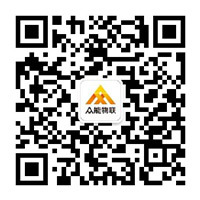
Contact Us:
Looking forward to your call anytime



